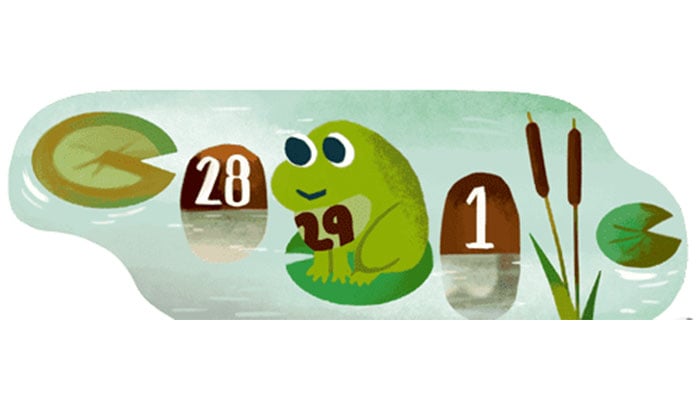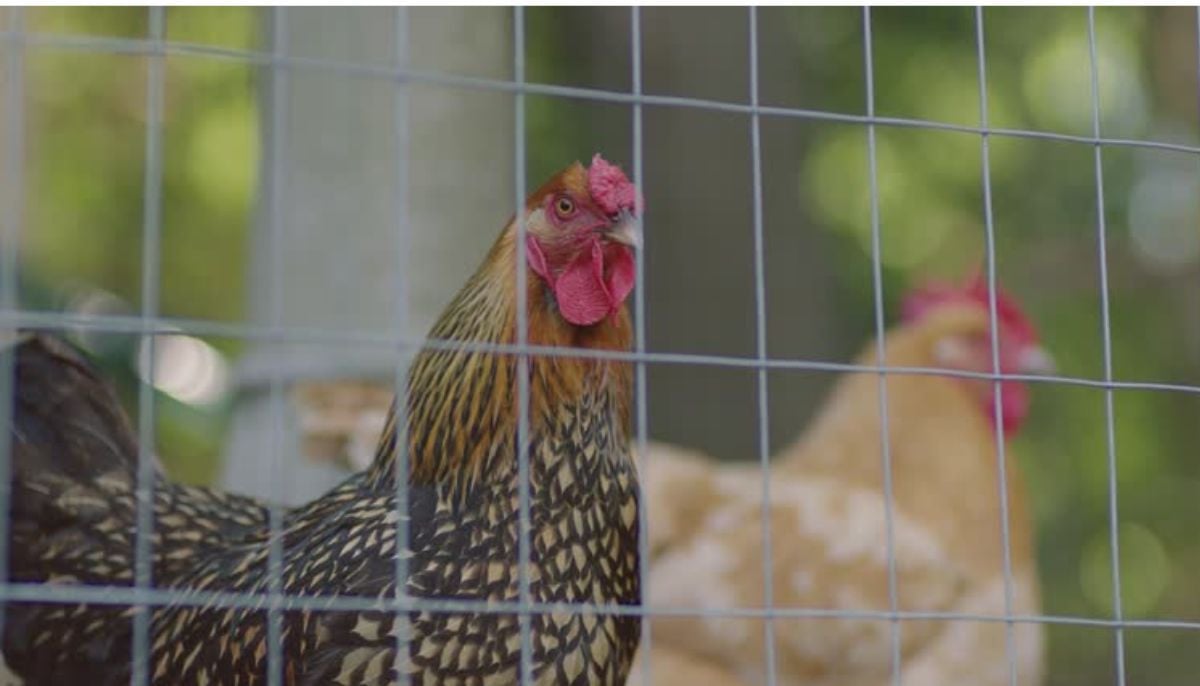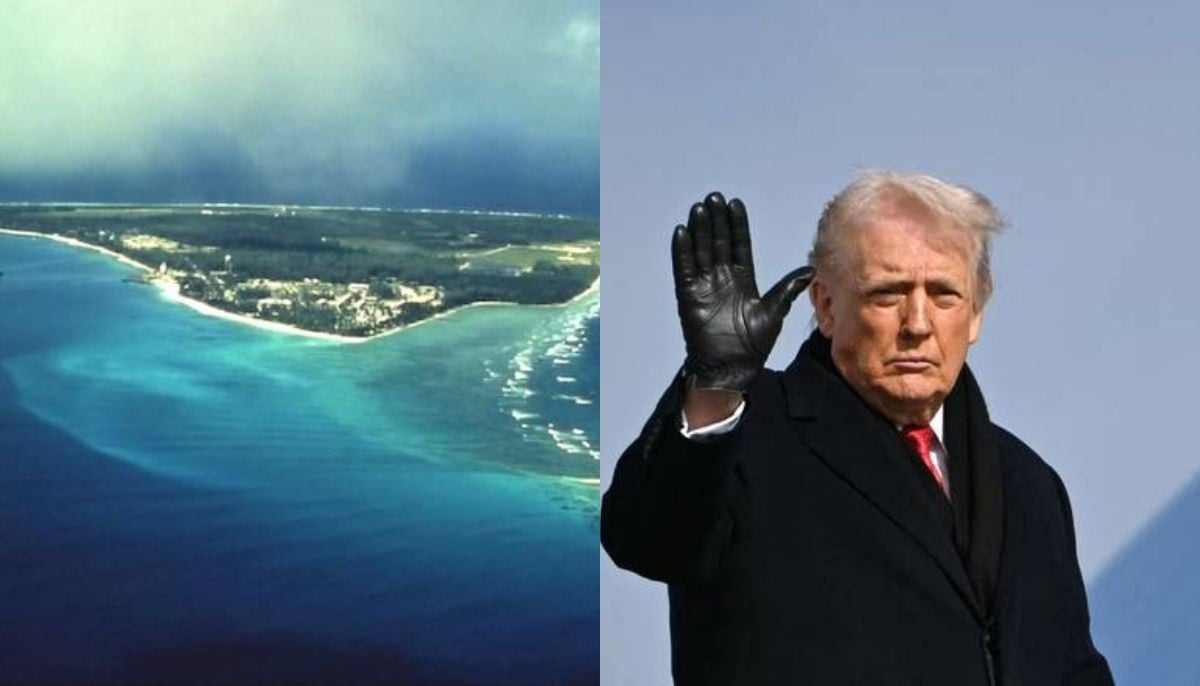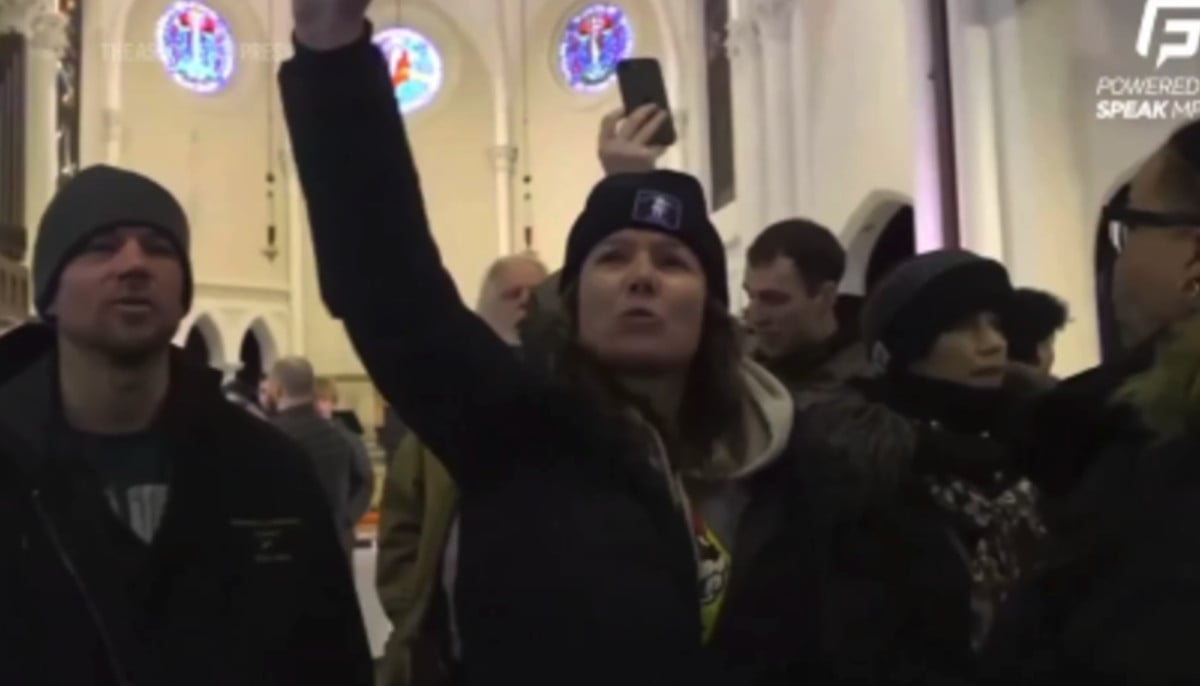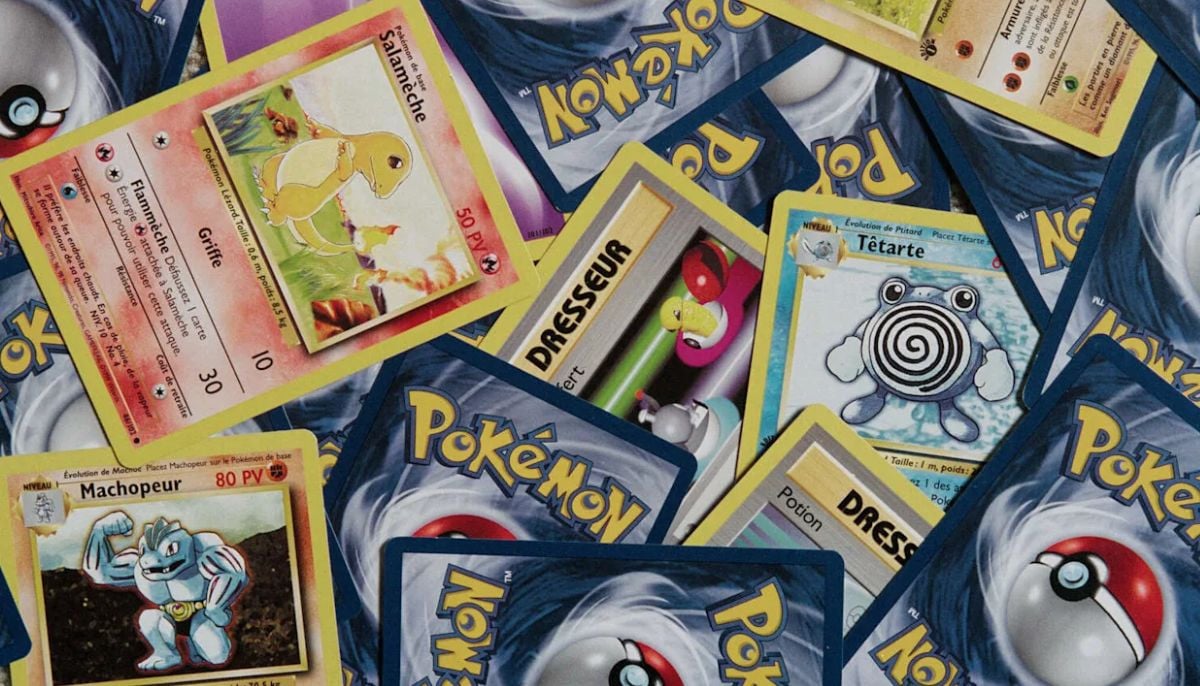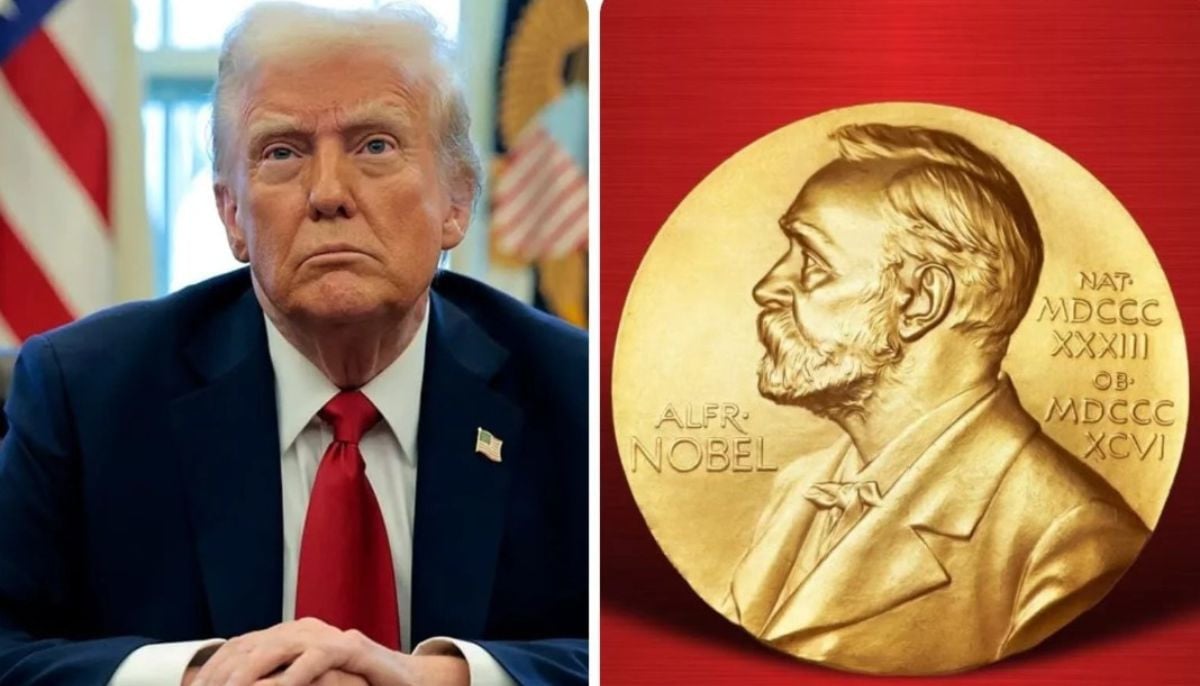Google Doodle celebrates Earth's Leap Day with frog cartoon
Leap Day is observed every four years on 29th February
A frog and the number 29 are featured in Thursday's Google Doodle which is a part of the tech giant's Leap Year celebrations.
On Google's website, the doodle is accompanied by the following message: "Exciting news, it's Leap Day! Only roughly every four years, on February 29th, is Leap Day observed to keep our calendars in line with the Earth and sun. Cheers to Leap Day, the extra day of February!"
In addition, Google used the occasion to present some fascinating information and a look back at its very first doodle, the first doodle series, and the 2000 Bastille Day doodle. In February 2020, the company released a doodle in observance of Leap Day.
Observed on February 29 of every four years, Leap Day is recognised in many solar calendars, including the Gregorian calendar, according to Benzinga,
It is added to years that are four digits apart, such 2024, 2028, and 2032, in order to maintain calendar alignment with Earth's orbit around the Sun.
Leap Day is observed with various traditions, myths, and superstitions around the world. People who were born on this day are frequently called "leaplings."
A calendar year is normally 365 days long, which roughly corresponds to the number of days it takes for Earth to complete one orbit around the Sun, as explained by the National Air and Space Museum.
The actual time it takes for Earth to orbit the Sun is 365.242190 days. To keep the seasons from drifting, this additional time needs to be taken into consideration. In the northern hemisphere, summers would start in December if unaccounted for, which would take roughly 700 years.
-
'I don't care': Trump shrugs off Nobel Prize talk as Greenland tensions escalate
-
Alarming: Rising shark attacks force Australia to close beaches
-
Three-year-old allegedly tortured, killed during exorcism in California church
-
Drunk driver tries to snatch San Diego deputy’s gun during chase
-
Rare Pokémon cards worth $100k stolen in New York shop robbery
-
Nobel Prize snub hardens Donald Trump's tone on ‘peace’
-
FBI’s most wanted caught after 10 years in Mexico
-
UK Starmer rules out US trade war, calls for ‘calm diplomacy’ over Greenland
